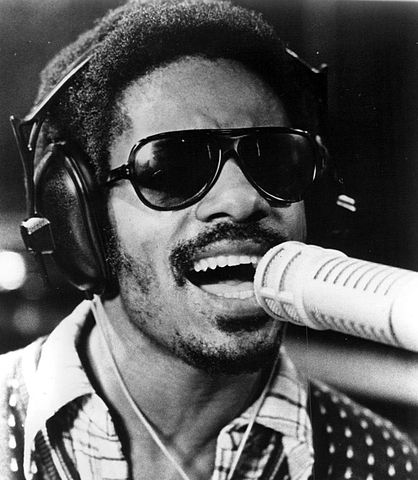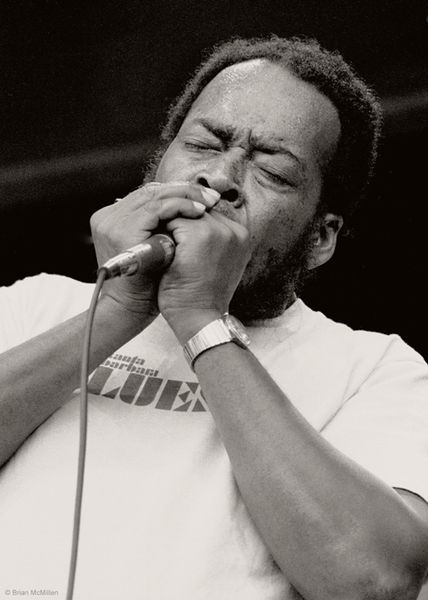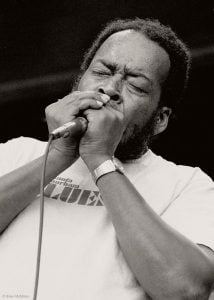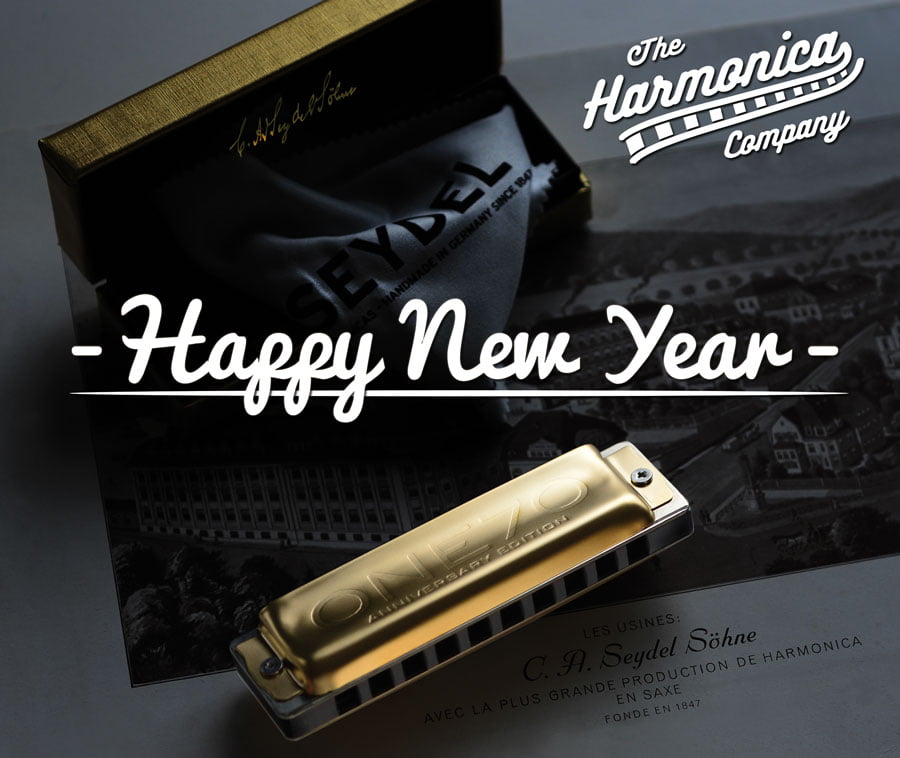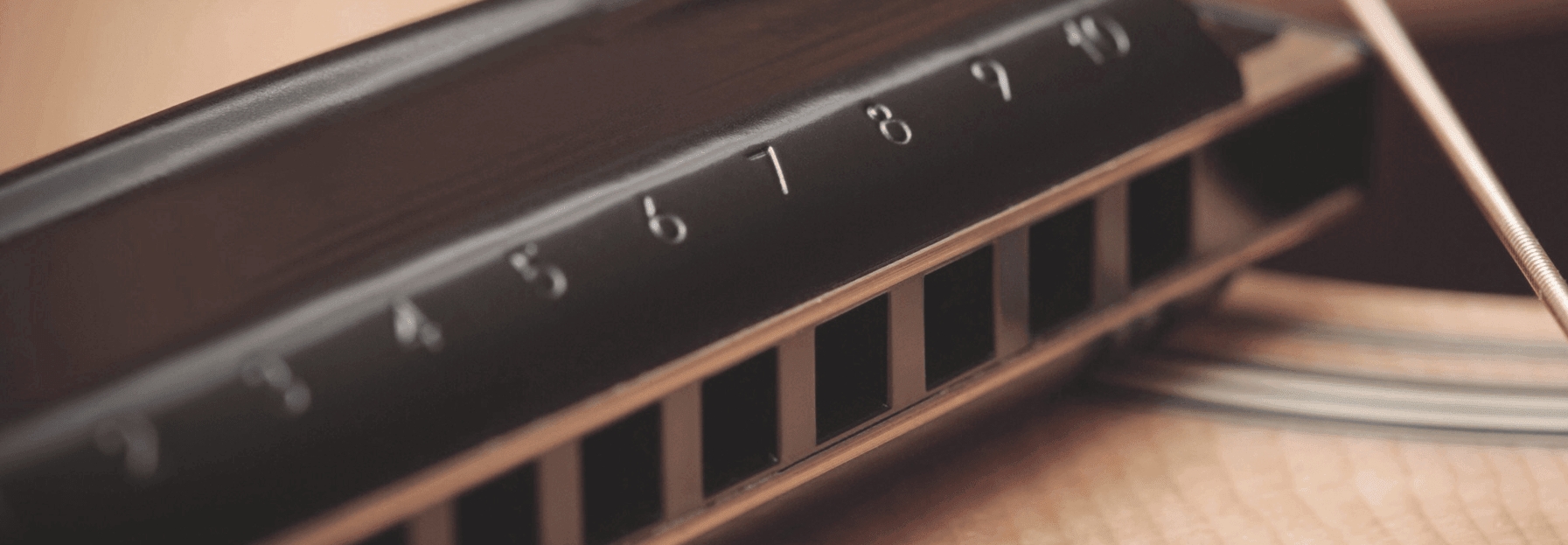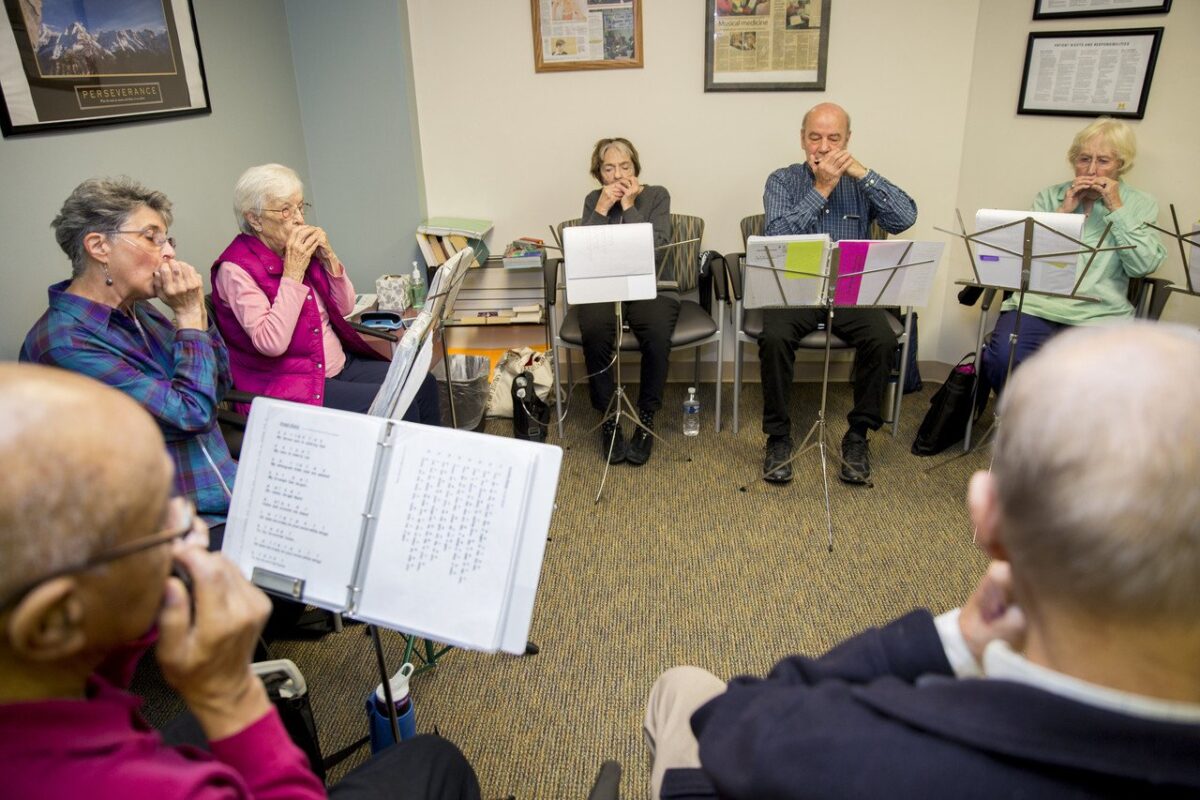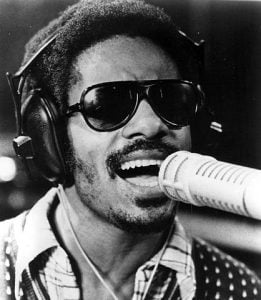
In his 2008 book, Outliers, the American intellectual and writer, Malcolm Gladwell, discusses the role of natural ability in achieving world class expertise in a particular skill. In one of the early chapters, he focuses on the work of Stanford professor, Lewis Terman, who sought out child prodigies and followed their subsequent progression into adulthood.
What Gladwell finds interesting about these “Termites” – as the studied children were nicknamed – is that, despite having exceptionally high IQs, none fulfilled Terman’s hypothesis that they would grow up to be pre-eminent figures in art, business, science, government or literature.
The music world is also full of child prodigies, yet few develop into artists of the calibre that would be expected, given the talents displayed at such early ages. They may learn to play complex Mozart pieces with perfect accuracy and exquisite feeling, yet they fail to ape the great composer in his ability to create original work.
The Exception
Stevland Hardaway Morris, better known by his stage name of Stevie Wonder, is one of the few exceptions to this rule. Born six weeks premature, and with retinopathy of prematurity, leading to permanent blindness, Wonder had few of the advantages of life enjoyed by many child prodigies, especially those in the classical oeuvre. Yet it was clear, even at a young age, that he possessed not only a polymath’s command of multiple instruments, but also a creative flair that would see him release original material at the tender age of twelve.
Although Stevie is, perhaps best known as a keyboard player, vocalist and songwriter, the harmonica has featured heavily both in his own work and in his contributions to the recordings of other artists.
Early Success
Wonder’s remarkable talent for playing the harp was obvious at an extremely young age. This is evident in rare footage of the Motortown Revue, a series of concerts designed to promote Motown artists in the early 1960s, where a 12 year-old Stevie wows the crowd with a virtuoso performance of ‘Fingertips’ on the bongos and harmonica. Later released as a single, “Fingertips” went on to top the Billboard Pop Singles Chart, giving Wonder his first true hit, and making him the youngest artist to achieve the number one position.
First Original Hit
After a short period in the wilderness, while his voice underwent the usual changes that adolescence brings, Stevie scored his first self-penned hit with “Uptight (Everything’s Alright)” which displayed a harder, more rock-influenced sound. During this period he was also signed to the Motown songwriting department, which led to him composing songs for himself and labelmates, most notably ‘Tears of a Clown’ which gained Smokey Robinson and the Miracles the coveted number one singles spot.
Back to the Harmonica
Towards the late 1960s the harmonica began to feature heavily again in Wonder’s music: initially in an album of instrumental jazz/soul tracks, entitled ‘Eivets Rednow’, and later with the memorable singles, ‘I Was Made to Love Her’ and ‘For Once in My Life’. It’s a testament to Wonder’s interpretation of the latter that most people assume that he wrote it (in fact it was originally penned by Motown songwriter and producer, Ron Miller, as a much slower piece, intended to be performed in the swing genre).
In both of these hits, Stevie Wonder displays his trademark harmonica style: virtuosic without being self-indulgent. Compared to the harmonica that featured in other, predominantly folk-based, contemporary chart singles, Wonder’s solos are notable for their complexity, and use of jazz scales, whilst still remaining true to the primary tune of the song itself.
Classic Era
Throughout the 1970s Stevie Wonder matured as an artist, touring with bands such as The Rolling Stones, and developing a sound that was quite distinct from his early Motown work. This period produced his two finest albums: 1973’s ‘Innervisions’ and 1976’s ‘Songs in the Key of Life’, both of which feature heavily in most music magazine’s top albums of all time.
Commercial Success
The 1980s saw Stevie Wonder build on this critical success with significant commercial achievements, including his first platinum album – ‘Hotter than July’ and the phenomenally popular ‘Happy Birthday’ single, which was part of his ultimately successful campaign to establish Dr Martin Luther King’s birthday as a national holiday in the USA.
Other work included collaborations with Elton John and The Eurythmics, on whose respective singles, ‘I Guess That’s Why They Call it the Blues” and ‘There Must be an Angel’ Wonder played harmonica, with trademark zeal.
Later Years
Although the last 25 years has seen a reduction in Wonder’s original musical output, he has continued to contribute to the work of many popular artists, been sampled by others (perhaps most famously, in Coolio’s 1995 hit single ‘Gangsta’s Paradise’, which extensively sampled ‘Pastime Paradise’ from ‘Songs in the Key of Life’), and performed live to huge audiences, at events such as the Winter Olympics and Glastonbury Festival.
Style and Harmonica Choice
From a playing perspective, Stevie overwhelmingly favours the chromatic harmonica. Unlike the more ubiquitous diatonic harmonica, commonly used for folk music and the blues, the chromatic harmonica has a full range of notes, by dint of more holes (up to 16, rather than 10) and a slide, which raises the pitch of each hole by a semitone. The primary downside of the chromatic harp is the additional difficulty in learning to play it. Circular breathing, as commonly practised by classical wind instrument players, is a necessary skill, due to the chromatic harmonica generally requiring a greater amount of air to produce its wider range of notes.
Wonder’s use of the chromatic harp is quite distinctive. Harmonica artist, Randy Singer has noted that Stevie manipulates the slide forcibly, whilst using a significant amount of vibrato to achieve a shifting effect. This is mixed with a fluttering effect from his use of the tongue to achieve his trademark sound.
Although Stevie now mainly plays a custom made Huang harmonica, many of his recordings feature the Hohner Chromonica Super 64. Players wishing to attempt to replicate his sound will find this a good starting point, as it offers the necessary four octave range at a competitive price point. (As an aside, it’s worth noting that chromatic harmonicas obviate the need to purchase multiple harps, as they can effectively play in any key, making the generally higher initial outlay significantly more bearable).
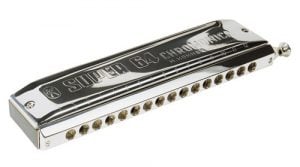
A slightly cheaper alternative is the Hohner Chromonica 64, which features similar construction but replaces the silver mouthpiece surface of the Super 64 with nickel.
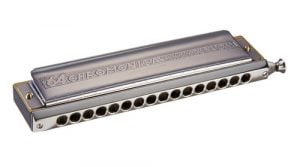
Conversely, players who are willing to spend a little more would be advised to look at the Chromonica Super 64X, which upgrades the mouthpiece surface to gold, and produces a louder, richer sound, particularly in the low range, due to its double reed plates.
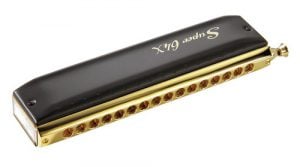
Of course, while all of these models will give you the potential to play like Stevie, they, unfortunately, won’t instantly imbue you with his talent (more’s the pity!)

